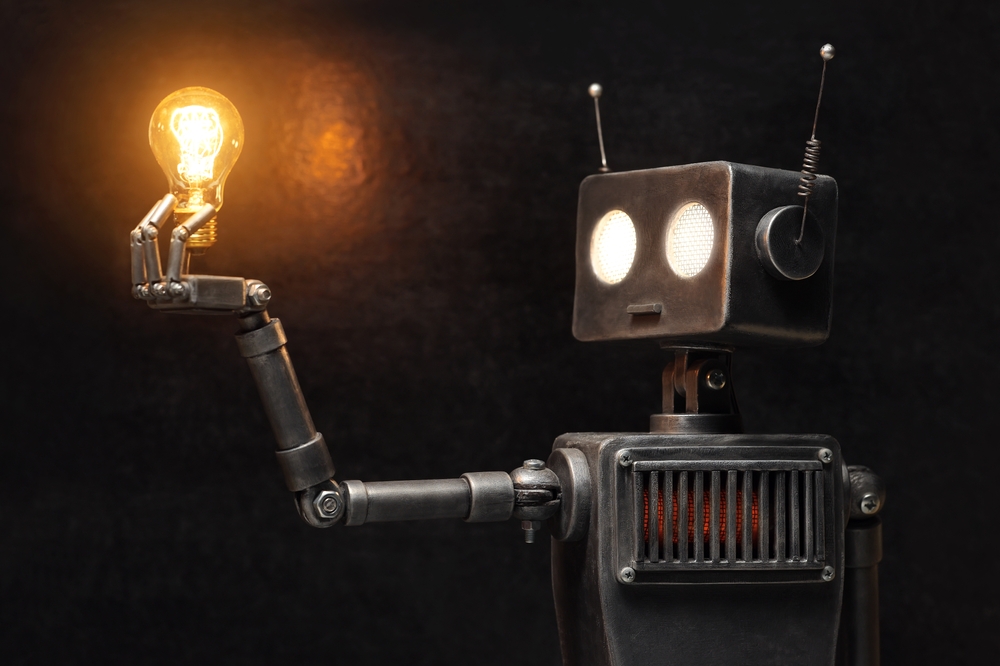

Artificial intelligence (AI) is no longer just a futuristic concept; it’s a powerful force rapidly changing how creative work gets done in the media and advertising world. Specifically, generative AI in advertising is becoming a major player, helping creators explore new ideas, work faster, and produce impressive results. Many creative professionals are already using AI tools in their daily tasks, marking a big shift in our industry.
This technology is expanding what’s possible. AI helps artists generate concepts, writers structure content, and musicians find new sounds. It’s excellent for quickly making prototypes, personalizing content for different audiences, and recognizing complex patterns. This means better quality and more creative output; in fact, many professionals say they produce better content with generative AI. It essentially helps remove creative blocks and makes workflows smoother, allowing creative teams to focus on the bigger picture.
AI’s Impact on Creative Industry: Concerns and Challenges for Creative Agencies
While the buzz around AI is generally positive, there’s also an underlying current of anxiety within the advertising industry. Many marketing agencies are worried about AI’s impact on creative jobs and what this rapid change means for their future. There’s a feeling that AI could disrupt traditional roles, with some predicting significant job changes, especially for art directors and copywriters. New AI tools for creative agencies can now produce highly realistic content much faster and at a lower cost than traditional methods. For example, some agencies are already creating full commercials using generative AI in just days, costing far less than typical shoots.
This shift isn’t just about creative roles. Even jobs like media buying are expected to be heavily influenced by algorithms. As agencies adapt, there’s a strong likelihood of teams becoming smaller over time. Another big challenge for agencies is figuring out how to price their services. When AI allows for faster and leaner production, traditional hourly billing doesn’t make sense anymore. Agencies are now looking into new pricing models, like monthly retainers or fees based on how clients use the AI-generated assets.
Agencies Pivot: Strategies for a New Creative Era
Despite these concerns, agencies are not standing still. They are actively pivoting their services, strategies, and workflows to embrace this new reality. The general consensus is that AI offers huge opportunities for growth. Many believe that within a few years, almost all content will be AI-generated, and those who master these tools will thrive. This means a “new golden era” for the industry, but one that demands significant changes.
Chief Marketing Officers (CMOs) are also exploring AI, often starting with internal efficiencies and specific campaign elements. They’re using AI for tasks like personalizing content, planning media, streamlining document creation, and even localizing subtitled campaigns. For agencies, this means focusing on how AI can enhance, not replace, human creativity. The goal is to integrate AI into existing workflows, where AI generates initial ideas, humans refine them, AI enhances further, and then humans add the final touches for authenticity. This “hybrid approach” maximizes efficiency while keeping that unique human touch.
Learn more about how agencies apply adaptive strategic marketing here.
The Future of Agencies in an AI-Driven World
Looking ahead, marketing agencies will continue to adapt by fostering a deeper understanding of generative AI in advertising and its capabilities. We can expect more sophisticated collaboration models where AI systems act as an extension of human creativity, leading to new forms of creative expression and professional growth. Agencies will need to prioritize training their teams, experimenting with new AI-powered tools, and developing innovative pricing strategies that reflect the efficiency and value AI brings. The future of creative agencies isn’t about avoiding AI, but about becoming masters of it, ensuring human imagination remains at the heart of every campaign.